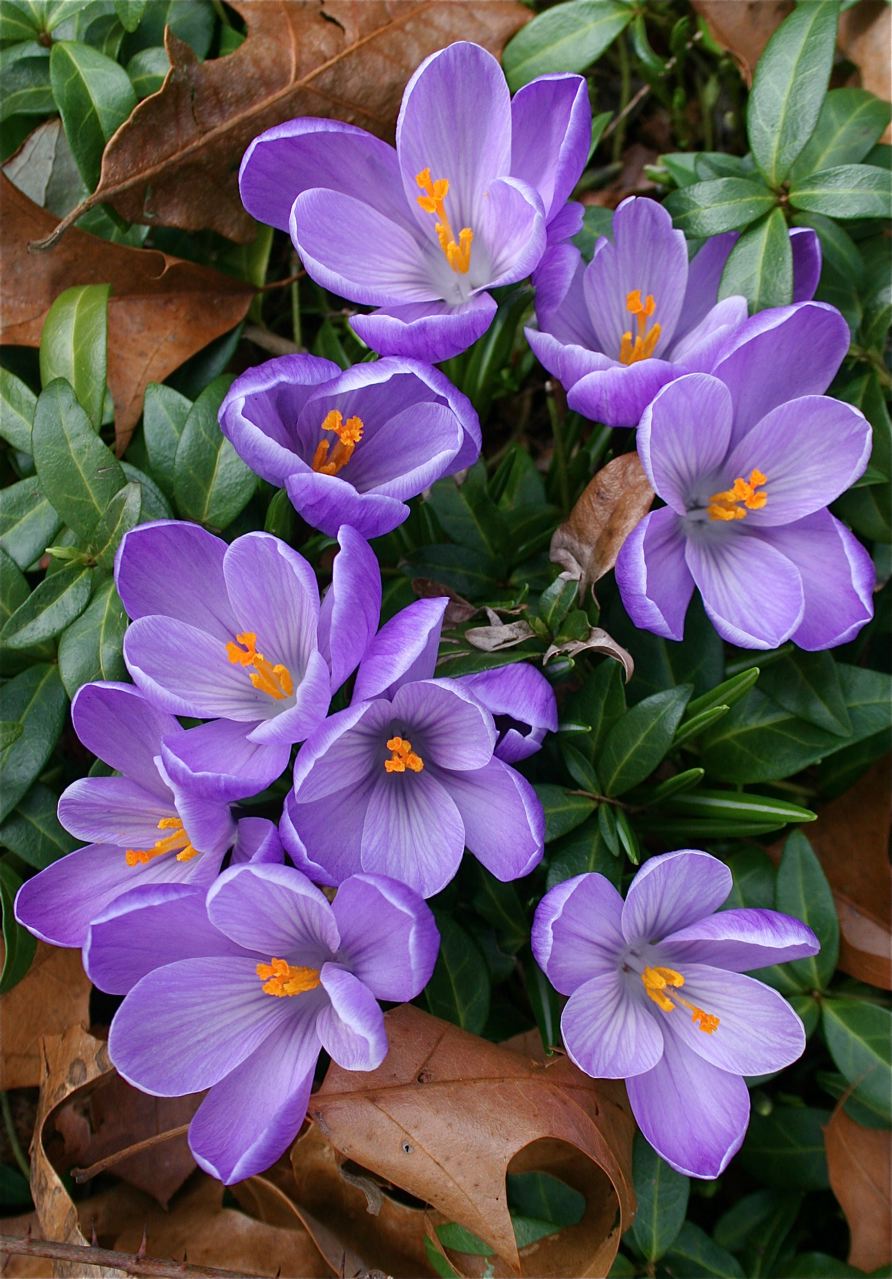

This afternoon I went journaling with my nephew, Will. The weather was cool and cloudy so instead of going on a big adventure, we walked to the lake close to my parents' house. There are interesting bog plants growing there in a low, sandy spot that gets very soggy after a good rain. South Georgia has had plenty of rain this fall, so today the plants that grow there were all in squishy, wet soil. Our footsteps filled with water as we slogged across the grass to the lake edge. A Great Blue Heron flapped noiselessly over our heads. The minute we sat down, seven geese honked their way through the sky along the far side of the lake. Honk honk!
We used my dad's "beached" kayaks as seats, and pulled our journals out to draw. Right away, Will noticed a spider on a dried, brown goldenrod stem. He picked the stem and handed it to me for viewing. At first I couldn't even see it, but then the spider decided to move. Like magic, out popped the eight inch-long legs. It scooted up the stem about three inches, then stopped, retracted his legs and placed them neatly along the stem. (I drew him with his legs out just a bit so he could be seen.) The bog plants were growing all around the kayaks, so all we had to do was lean over and pick one to draw: the long green one is Foxtail Clubmoss, the orange flower is Orange Milkwort. The cone, I believe, is the remains of a Spikerush. When a tiny flying bug landed on Will's page he handed his pad over for me to see it. "Do you want me to draw it for you?" I asked. "Sure!" he replied. You will see the bug near the arrow on the left side of Will's drawing. We thought it was a good thing when later, a bug landed on my page, as well. I always take advantage of the moment and draw my buggy visitors.
The red leaf was discovered by Will floating on the lake. He only got a little wet retrieving it.




















































































